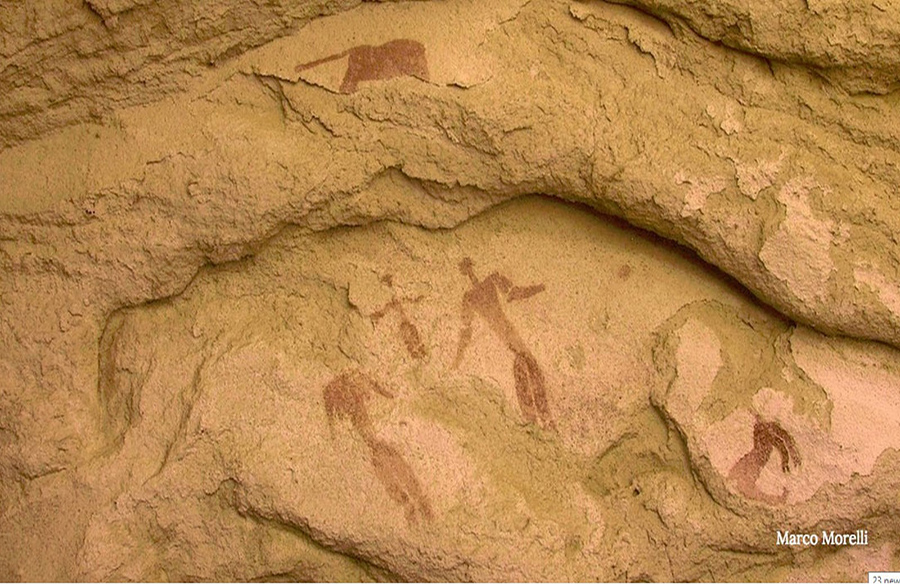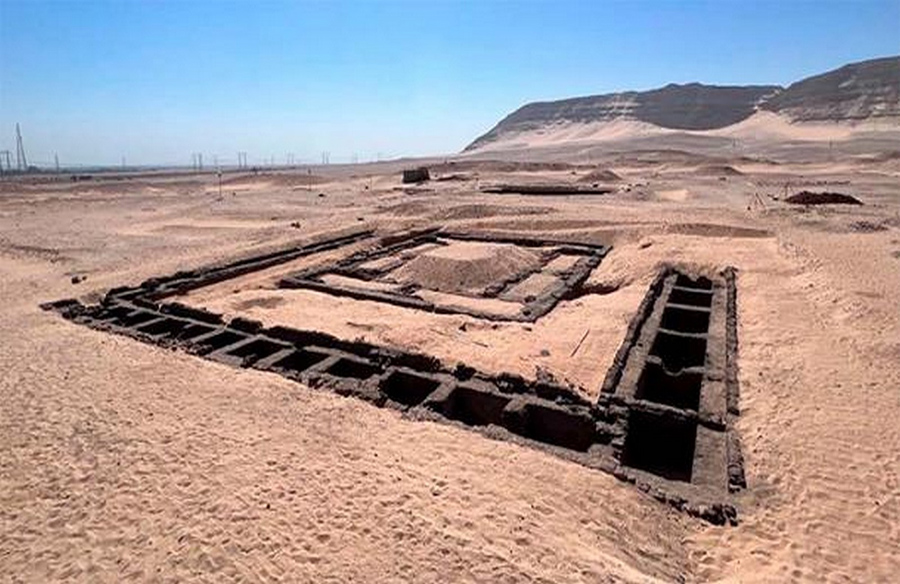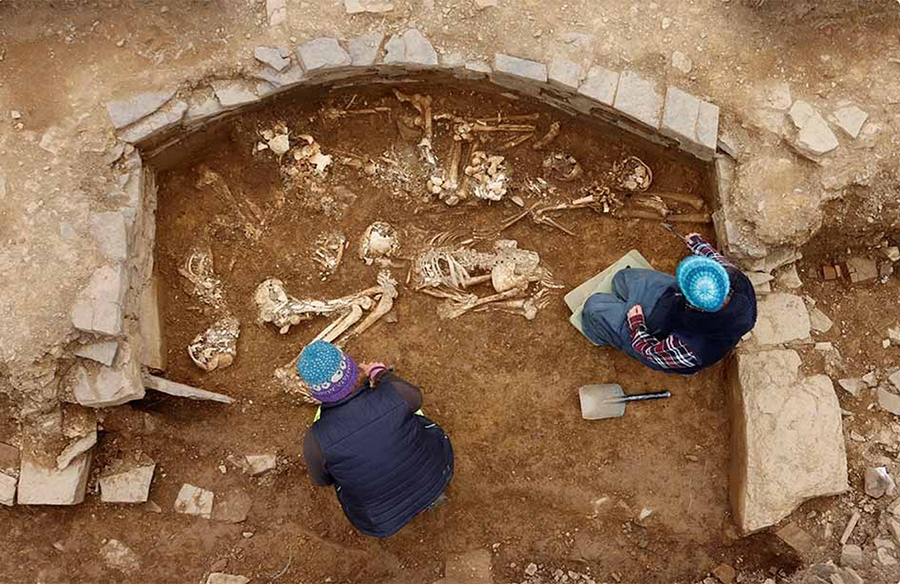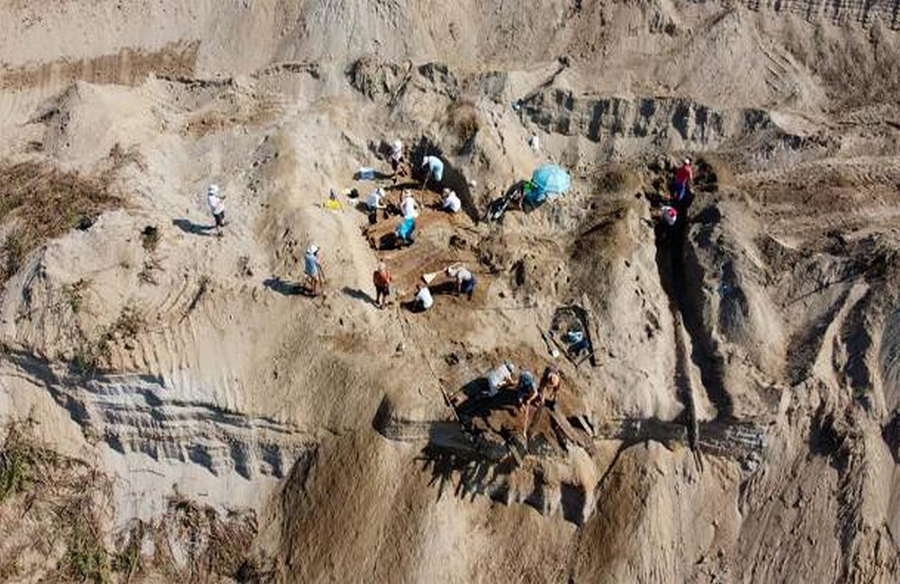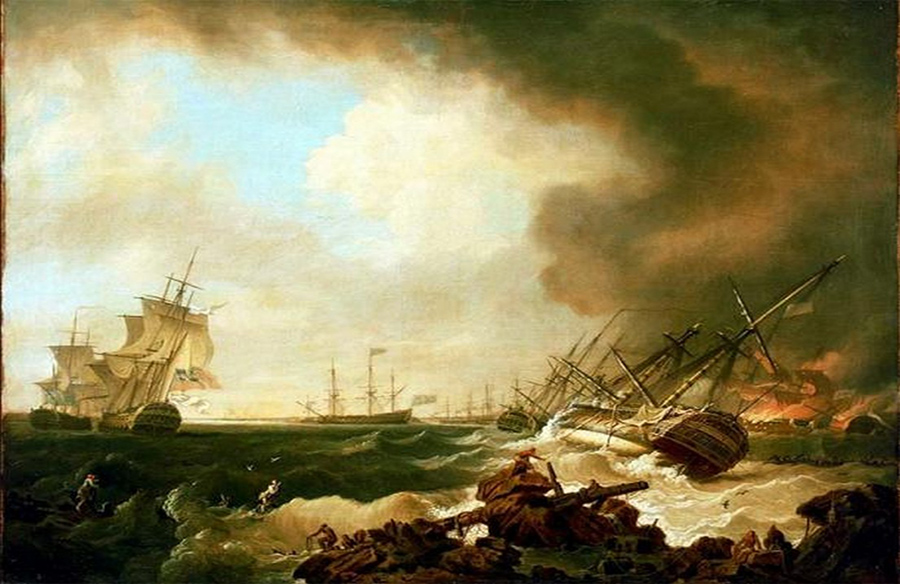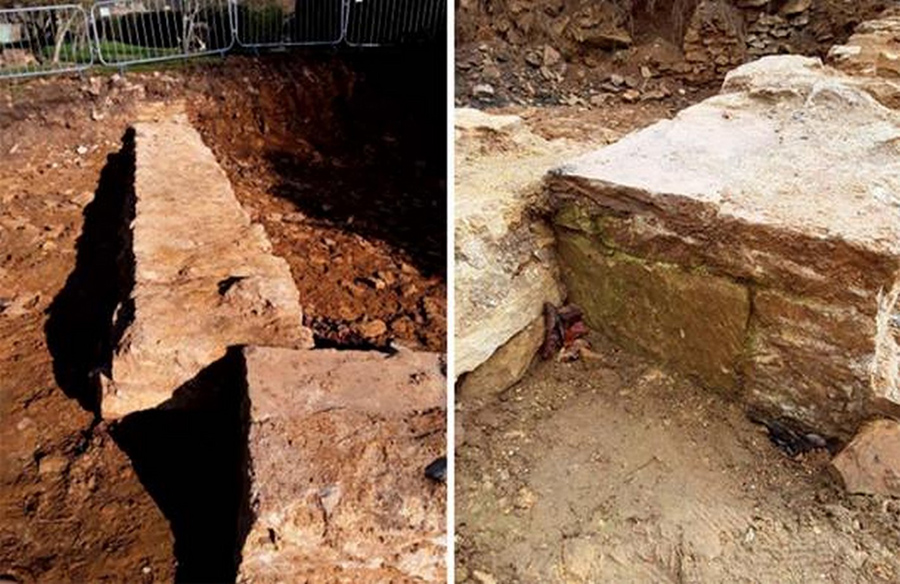Discovery of Ancient Artistry
In a small cave in Egypt, about 5,000 years ago, an artist painted what appears to be a nativity scene on the cave walls. This depiction, reminiscent of traditional crèche scenes portraying the birth of Jesus, features two adults, a baby between them, and various animals, with a dot above suggesting a star in the east.
The Oldest Known Nativity Scene
Discovered by Italian researcher Marco Morelli in 2005, the ancient artwork remained a secret until its unveiling. Named ‘The Cave of the Parents,’ this scene predates the Christian nativity by approximately 3,000 years, making it the oldest known representation of such an event.
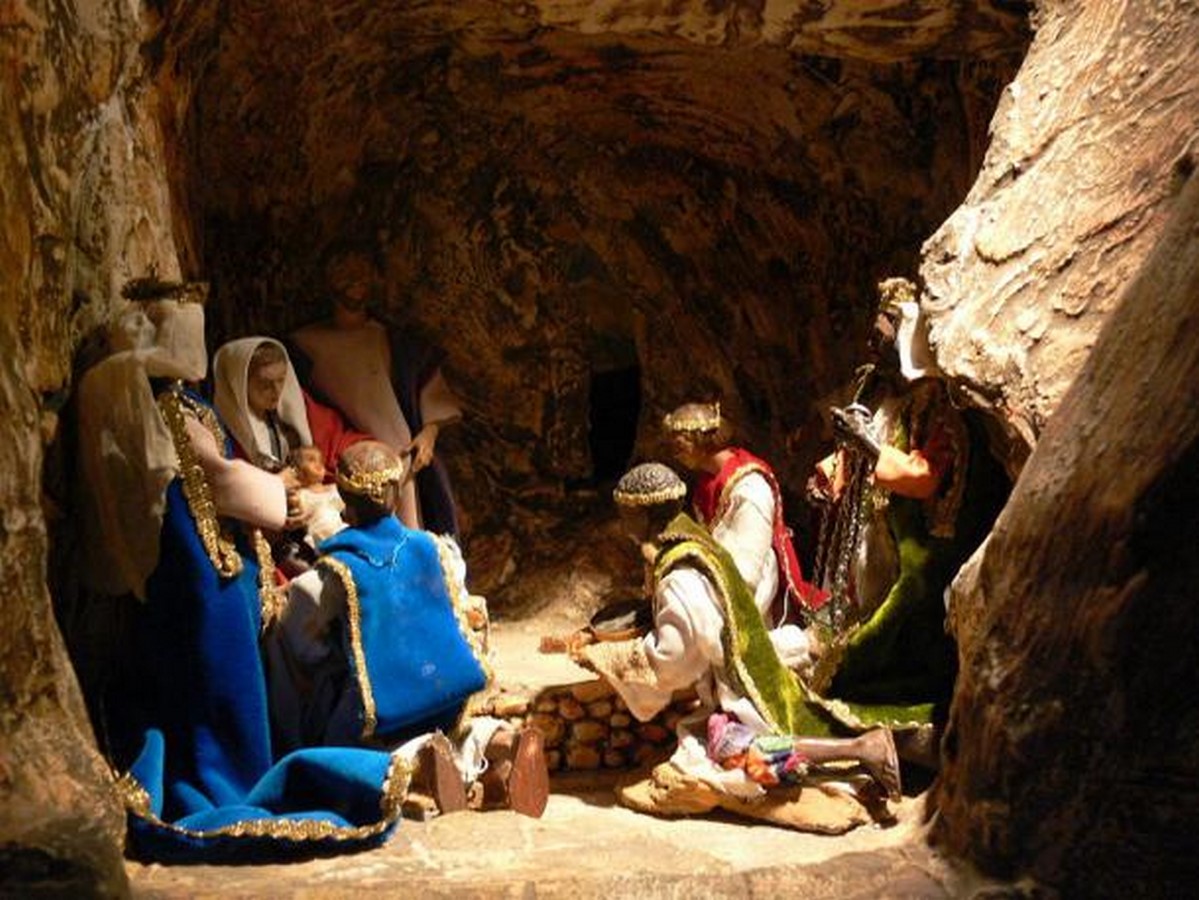
Symbolism and Implications
Dr. Morelli described the scene as evocative of the Christmas nativity but emphasized its antiquity and significance in raising new questions about the iconography of this powerful Christian symbol. The arrangement of the figures and the presence of symbolic elements hint at the scene’s special significance.
Continuity of Symbolism
The biblical narrative of Jesus’ birth, as depicted in the Gospel of Luke, finds resonance with the ancient rock art, showcasing Mary and Joseph seeking refuge in a cave or barn due to the crowded inns in Bethlehem. Despite millennia separating the two, the symbolism of birth, refuge, and celestial significance persists.
Interpretation of Symbolism
Dr. Morelli suggests that the positioning of the figures, particularly the baby ascending between the parents, signifies a celestial journey associated with birth. In ancient rock art, death was often depicted as connected to the earth, while birth may have been linked to the sky, adding layers of symbolism to the scene.
Mythical Elements and Christian Symbolism
The presence of a headless lion above the parents and a mysterious anthropomorphic figure below adds to the scene’s complexity. Dr. Morelli notes that while such imagery was typically associated with the early Christian era, this nativity predates it by a thousand years, highlighting the continuity of symbolic motifs across cultures and epochs.
